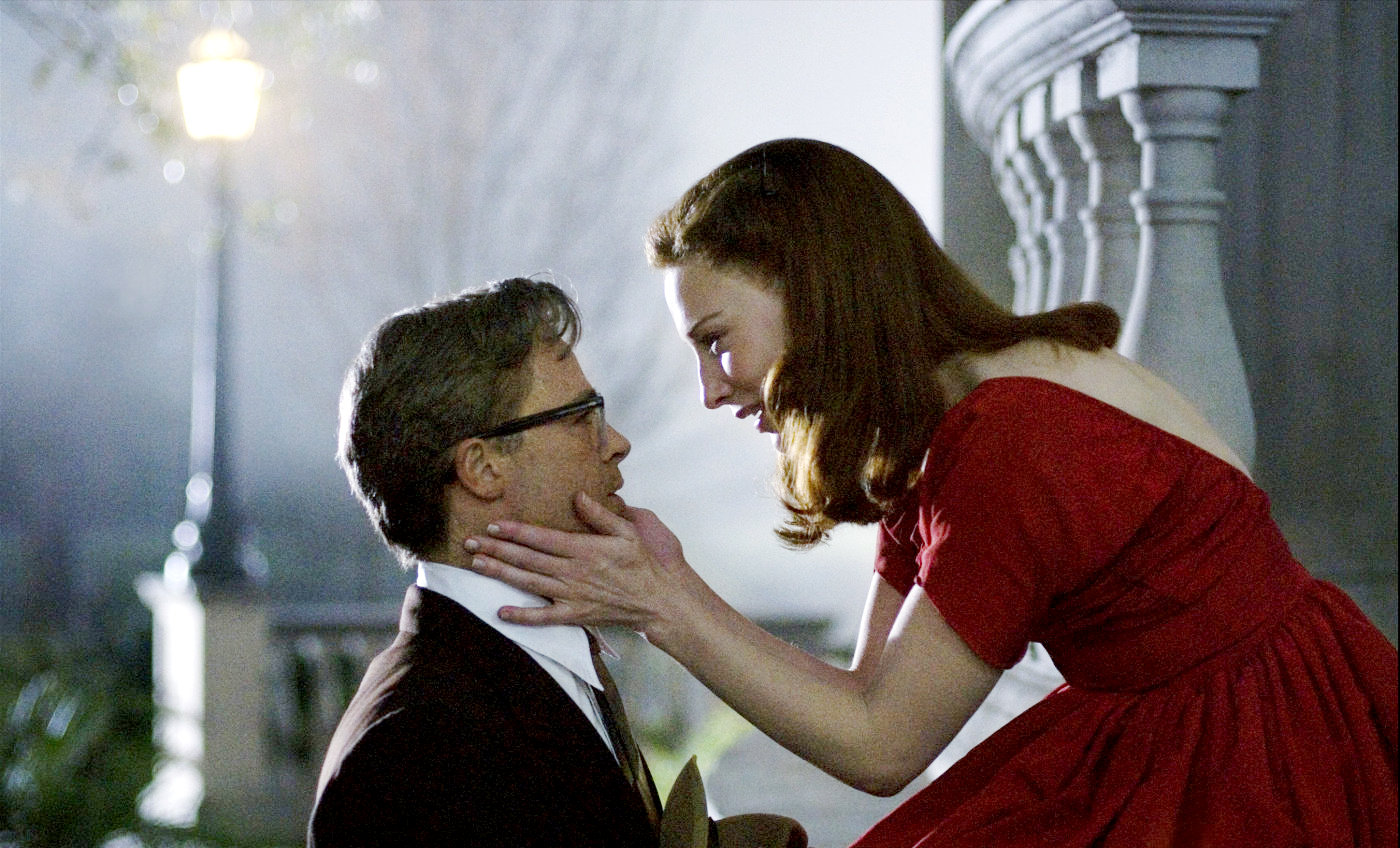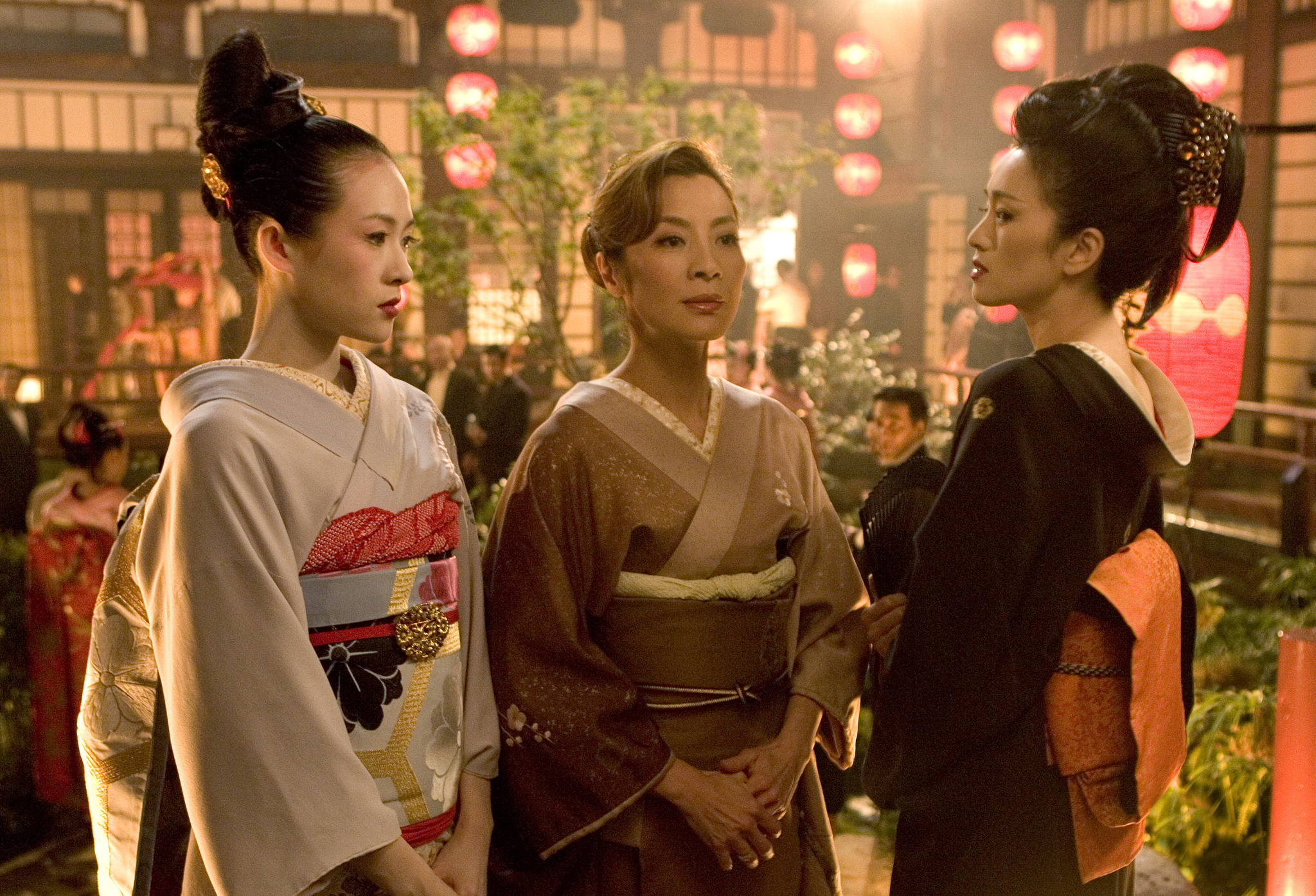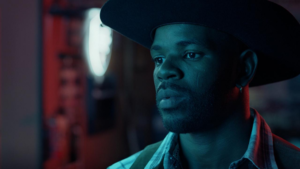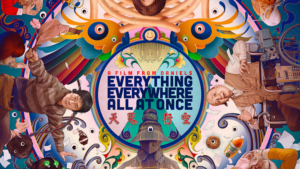1. Search for Essential, Dramatic Scenes
Once you’ve optioned the source material, you must, “Put yourself completely into the book [or historical event] until you have the sense that there is nothing you do not know about it,” Swicord explains. “You’ve got to get in very deeply and under the skin of the source material, because that’s going to give you the authority to be the person who adapts this work. Remember adaptation is making decisions, but before decisions come questions.”
This is what Swicord calls an “interrogation phase in which you ask yourself what scenes given in the material absolutely have to be in the story? You are looking for stuff that is narratively important and moves the story forward or reverses it. Scenes where emotional things happen, things that change direction with causality and that happen unexpectedly.” You can also remove things that aren’t connected to the desires and actions of the protagonist and antagonist or to the piece’s theme.
As you search for these scenes, it is important to keep in mind, “Novels can be discursive and history is very discursive. Drama is really different from writing narrative prose because drama has to have causality. In drama, one action or event creates the next action or event. Each scene is forced into existence through action and reaction.” When discussing how to choose a novel to adapt, Swicord notes that some wonderful novels just aren’t cinematic. For instance, if the character has a strong inner voice, you could use voiceover or have them talk about the internal thing with someone in the movie version, but neither of these tools are typically very visual.

Adapting historical material has its own set of hurdles. Swicord teaches that, “You [find the plot] by thinking like a dramatist about beginning, middle and end.” In instances where the audience might already know how an event plays out, Swicord believes that a captivating strategy can be to start with the part that the audience knows, and then deviate from it (and sometimes from chronological order), only to return to the known parts later on.
2. Find Your Characters’ Messy Qualities
“Drama relies on causality and change,” and the largest transformation should be within the protagonist. If the protagonist is unwilling to change, that transformation should occur in the world around them. “When you’re looking at your source material, you’re looking for a protagonist’s strong habitual actions; you’re looking for the ways that the protagonist causes the story to happen.” Particularly, “What unique qualities describe this protagonist? And in what way does the protagonist hinder their own self?” Swicord also refers to this as the “contending quality” as in, “The protagonist is always contending something inside of themselves. They are interactive characters who bring about their own trouble. What helps bring about that trouble is reliably their habitual action.” This draws us in and makes them relatable.
Further, Swicord advises, “When you’re dealing with historical characters do not be too respectful. They are human beings, so you want to say: what is fascinating to me about this person? Who would they be today? What made them extraordinary back then? But also, what made them ordinary? What were their contradictions? What do you admire about them? Also, what are their failings? You have to kind of mess up these characters that were given by history, because there’s a mythic quality that follows certain people.” Instead, in Swicord’s words, they are vulnerable, they are human, and they are flawed, and, by portraying them this way, the audience will see parts of themselves in that character.
When we work from history, there is no single objective truth.
Robin Swicord
3. Remember That Adaptation is Interpretation
When deciding how far to stray from the source material, Swicord illuminates an important way to approach the balancing act: theme. “If you’ve gotten the thematic part right, people are going to feel, ‘That is the book that I read.’” But, she also gives the nuanced example of The English Patient, which she guesses, “If you read the book and you see the movie, you are going to think this movie could not be a more faithless adaptation.” The writer/director Anthony Minghella allowed himself to create many of his own elements for the film, and yet, “as a thing apart from the novel, the film is a stunning adaptation because it speaks directly to the thematic heart.” Likely, as a result of this thematic connection, the film resonated with Michael Ondaatje, the novelist of The English Patient.
If the author of the source material she’s working on is still alive, Swicord says she wants them “to feel some connection and love for what I’m doing. Usually, [I have] an attitude of gratitude toward them, and I want them to feel the same way about what I am doing. But, I cannot be responsible for their reaction. Adaptation is interpretation, and I am just one individual reader.”

But how do you go about interpreting when your source material is a historical person or event? Swicord explains, “When we work from history, there is no single objective truth. So that is something to keep in mind if you are anxious about having to supply something that the story doesn’t give us, in order to make it more dramatic.” For instance, if your antagonist is a system, “what person or people would you consider inventing, in order to represent that system in the story?”
Swicord reminds us that “The poet is not a historian; it doesn’t always matter what did happen.” That said, she notes, “It’s also essential that we’re guided in our inventions by what would happen, based on the truth of the characters, that time, and what followed afterward in history.” For example, “You don’t need to invent a love affair for somebody who never had one just because you think that will make the movie sell better. You change things because the story really requires you to.” Swicord believes that, through extremely thorough research, you will gain an understanding of “what’s truthful, even if it’s not perfectly true [to what you’re adapting].”
Ultimately, you are going to have to decide what story you want to tell, and your changes have to serve the narrative’s greater purpose.
4. Consider Stage Plays and Short Stories
Novels and history aren’t the only types of source material that can blossom into gripping adaptations. In terms of the differences between adapting a novel and stage play, Swicord shares, “Stage plays usually have small events, so it’s a deep dive into the minute interactions between people in negotiations and seductions and so forth. They tend to be smaller, and they’re very oriented toward transactions between characters. There’s no reason why you can’t adapt those, but you just know that you’re probably not making something that is extremely cinematic.”
Swicord also addresses adapting short stories versus novels. Reflecting on The Curious Case of Benjamin Button, which she adapted from a short story by F. Scott Fitzgerald, she says that because of its extremely short length, she was given, “a huge canvas in which I could simply invent a story about a family that I just made up, and a character, who in my version of it, was a musician.” Speaking to this more generally, she adds, “There is something about the short story that invites you to expand narratively.” Conversely, when adapting novels, “very often, you just lose things that you love through compression, so it’s a different experience.”



